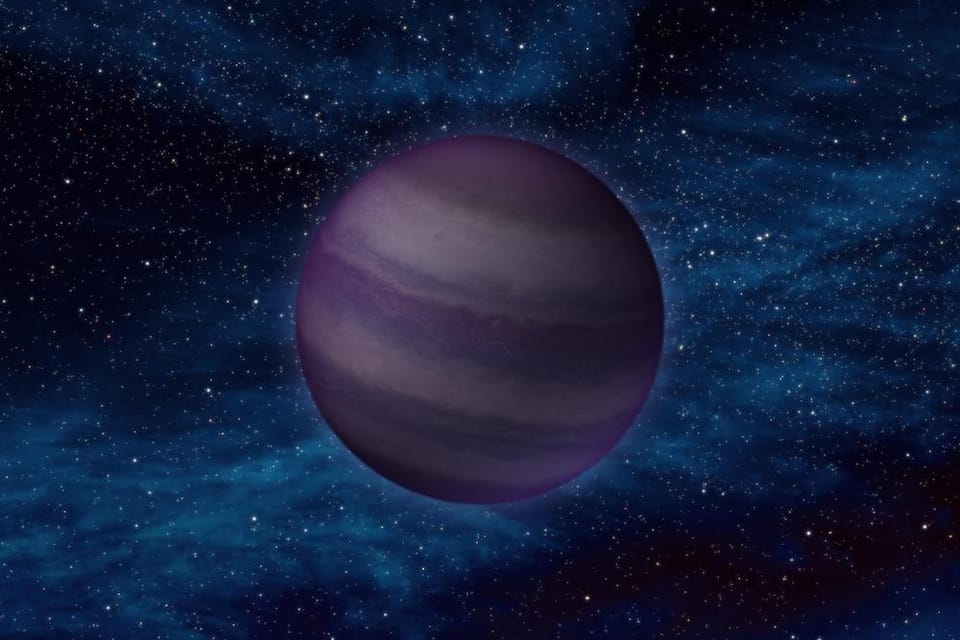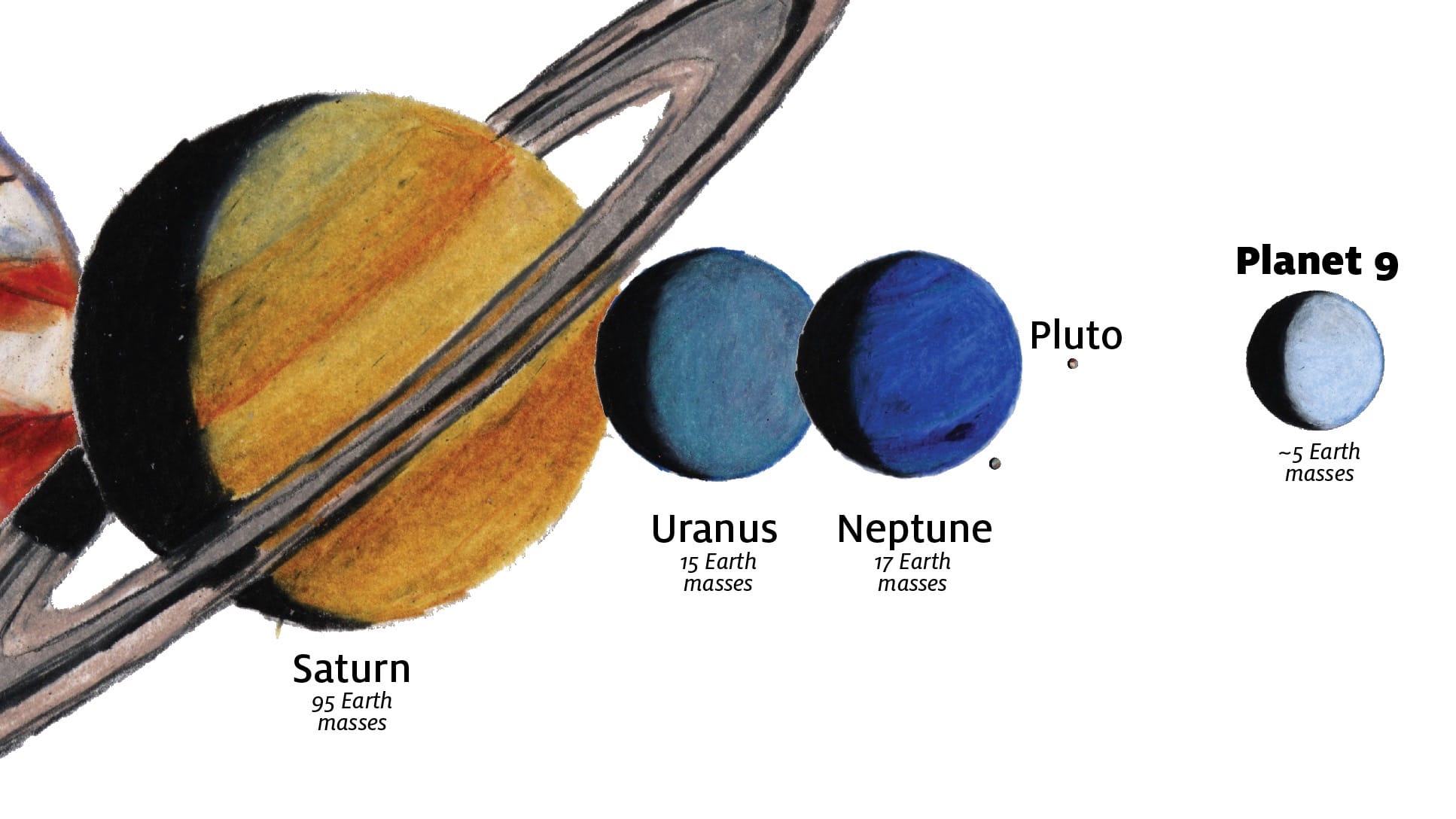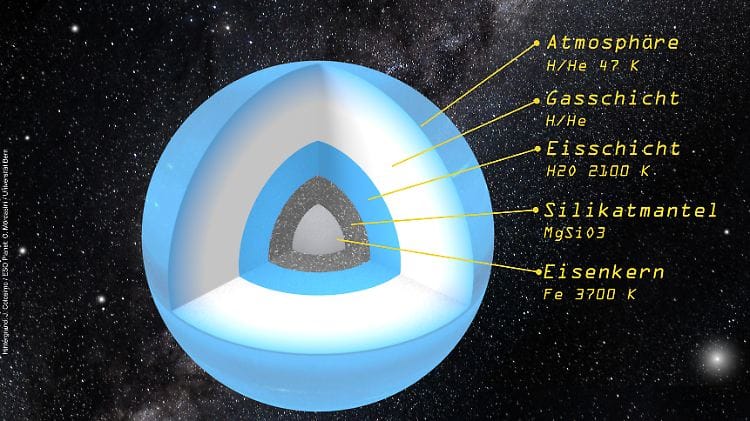The Hunt for Planet 9: Astronomers Close In on Elusive Giant in Outer Solar System

In the vast expanse of our solar system, a mysterious world may be lurking in the shadows. Dubbed "Planet 9," this hypothetical giant planet is thought to orbit far beyond Neptune in the icy realm of the Kuiper Belt. While its existence has yet to be confirmed, a growing body of evidence suggests that Planet 9 is more than a cosmic ghost story. In recent years, astronomers have been hot on the trail of this elusive world, using cutting-edge technology and innovative strategies to narrow down the search area and bring us closer to a historic discovery.
The Case for Planet 9
The idea of a ninth planet in our solar system is not new. Pluto, discovered in 1930, was once believed to be this long-sought-after world. However, as more objects were found in the outer solar system, it became clear that Pluto was just one of many icy bodies in a region known as the Kuiper Belt. In 2006, Pluto was reclassified as a dwarf planet, leaving our solar system with eight confirmed planets.
But the story didn't end there. In 2016, astronomers Konstantin Batygin and Mike Brown published a groundbreaking study that reignited the search for Planet 9. By analyzing the orbits of six distant Kuiper Belt objects, they found that these bodies seemed aligned in a way that could only be explained by the gravitational influence of a massive, unseen planet. According to their calculations, this hypothetical world would be about 10 times the mass of Earth and orbit the sun at a distance of 400 to 800 astronomical units (AU), where 1 AU is the distance between Earth and the sun.

Since then, the evidence for Planet 9 has continued to mount. In a recent study accepted for publication in The Astrophysical Journal Letters, Batygin and his colleagues analyzed the orbits of long-period, nearly planar, Neptune-crossing objects in the outer solar system. Using computer simulations that accounted for the gravitational influence of the known planets, galactic tides, and passing stars, they found that the observed orbital properties of these objects aligned closely with predictions of models that include Planet 9. This study provides some of the strongest statistical evidence yet for the existence of this elusive giant.
Narrowing Down the Search
While the evidence for Planet 9 is compelling, finding it in the vast expanse of the outer solar system is no easy feat. The hypothetical world is thought to be incredibly faint, making it difficult to detect even with the most powerful telescopes. However, astronomers do not give up on the hunt. Combining data from various surveys and using innovative strategies are slowly but surely narrowing down the search area.

One recent breakthrough came from an analysis using data from the Pan-STARRS1 survey. This study ruled out the existence of a Planet 9 with the predicted characteristics in a large portion of the hypothesized search area. Combined with previous data analyses from the Zwicky Transient Facility and Dark Energy Survey, this result eliminates about 78% of the proposed orbital parameter space for Planet 9. While this may seem like a setback, it brings us closer to finding the elusive world by focusing the search on the remaining regions, which are largely near the galactic plane where the high density of stars makes detection more difficult.
Innovative Strategies for Detection
As the search for Planet 9 continues, astronomers are exploring new and innovative ways to detect this elusive world. One novel approach, proposed by Man Ho Chan, suggests looking for potential satellites of Planet 9. According to Chan's research, tidal heating effects could detect these satellites in the infrared by telescopes like the Atacama Large Millimeter/submillimeter Array (ALMA), even if Planet 9 remains hidden from view.
Another strategy involves using the upcoming Vera C. Rubin Observatory, formerly the Large Synoptic Survey Telescope (LSST). Set to begin operations in the near future, this state-of-the-art facility will survey the entire visible sky every few nights, creating an unprecedented wealth of astronomical data. With its ability to detect faint objects and cover large areas of the sky, the Vera C. Rubin Observatory is expected to aid the search for Planet 9 greatly.

The Significance of the Discovery
If Planet 9 is found, it would be a historic discovery that fundamentally changes our understanding of the solar system. As the first new planet discovered since Neptune in 1846, Planet 9 would expand our cosmic neighborhood and raise fascinating questions about how it formed and evolved.
One intriguing possibility is that Planet 9 may have originated outside our solar system. Some astronomers speculate it could be an exoplanet captured by the sun's gravity during a close encounter with another star. Alternatively, it may have formed in the inner solar system and been kicked out to its distant orbit by gravitational interactions with other planets.
Regardless of its origin, the discovery of Planet 9 would have profound implications for our understanding of planetary systems. It would provide valuable insights into the formation and evolution of giant planets, as well as the dynamics of the outer solar system. Furthermore, it would inspire new research into the possibility of life beyond Earth, as the existence of a massive planet in the outer reaches of our solar system could potentially harbor icy moons with subsurface oceans.
Conclusion: Inspiring A New Generation
The hunt for Planet 9 is a testament to the enduring human fascination with exploration and discovery. As astronomers continue to search the sky with ever-more-powerful tools and innovative strategies, we inch closer to unlocking the secrets of this elusive world. Whether Planet 9 is found in the coming years or remains a cosmic mystery, the search itself reminds us of the wonders that still await us in the depths of space.
Ultimately, the discovery of Planet 9 would rewrite our textbooks and inspire a new generation of scientists and explorers to push the boundaries of human knowledge. As we stand on the brink of this historic moment, we can only imagine the incredible discoveries that lie ahead as we continue to explore the vast expanse of the universe.











Member discussion